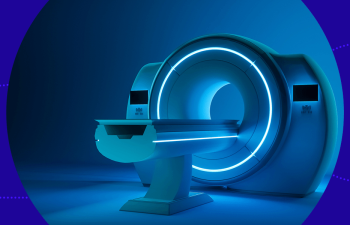
How Offering Cosmetic Injections Can Benefit Your Dental Practice
Today’s dental patients are looking for more than just healthy teeth — they want to feel confident in their full facial appearance. That’s why a growing number of dental professionals

What Steps Do I Need to Take to Become an Aesthetic Nurse?
The field of aesthetic medicine is rapidly growing and presents exciting opportunities for those looking to specialize in non-invasive cosmetic procedures. If you’re interested in becoming an aesthetic nurse, there

The Anatomy of the Aging Face and Dermal Filler Treatment
As we age, our faces undergo various structural and aesthetic changes that can affect our self-image and confidence. Understanding the anatomy of the aging face is essential for those considering

Why Should You Add Liposuction to Your Practice?
In the ever-evolving world of aesthetics, staying ahead of the curve is essential for a successful practice. One procedure that consistently garners interest and demand is liposuction. If you’re considering

Understanding the Role of Advanced Technology in Aesthetic Treatments
The landscape of aesthetic medicine is undergoing a remarkable transformation, fueled by cutting-edge technology that delivers safer, more effective, and minimally invasive solutions. Today’s patients demand natural-looking results with little

Enhance Your Practice with Non-Surgical Rhinoplasty Training
In the evolving world of aesthetic medicine, non-surgical rhinoplasty is becoming a popular option for patients looking to enhance their facial aesthetics without the need for invasive procedures. As more

Preparing Clients for Their First Botox Treatment
Worldwide, over 8.8 million Botox injections were performed in 2023. Although it’s a popular treatment, not all clients have received it before. For many, it may be their first Botox treatment

Maximizing the Benefits of Advanced Aesthetic Training for Seasoned Practitioners
Over the years, the health care industry has evolved thanks to new innovations and changing patient needs. With this evolving field, continuous education has become a must — regardless of

The Future of Aesthetic Surgery: Trends and Innovations
The future of aesthetic or cosmetic surgery — regardless of what you want to call it — looks bright. These procedures aim to improve the appearance of patients’ faces and
